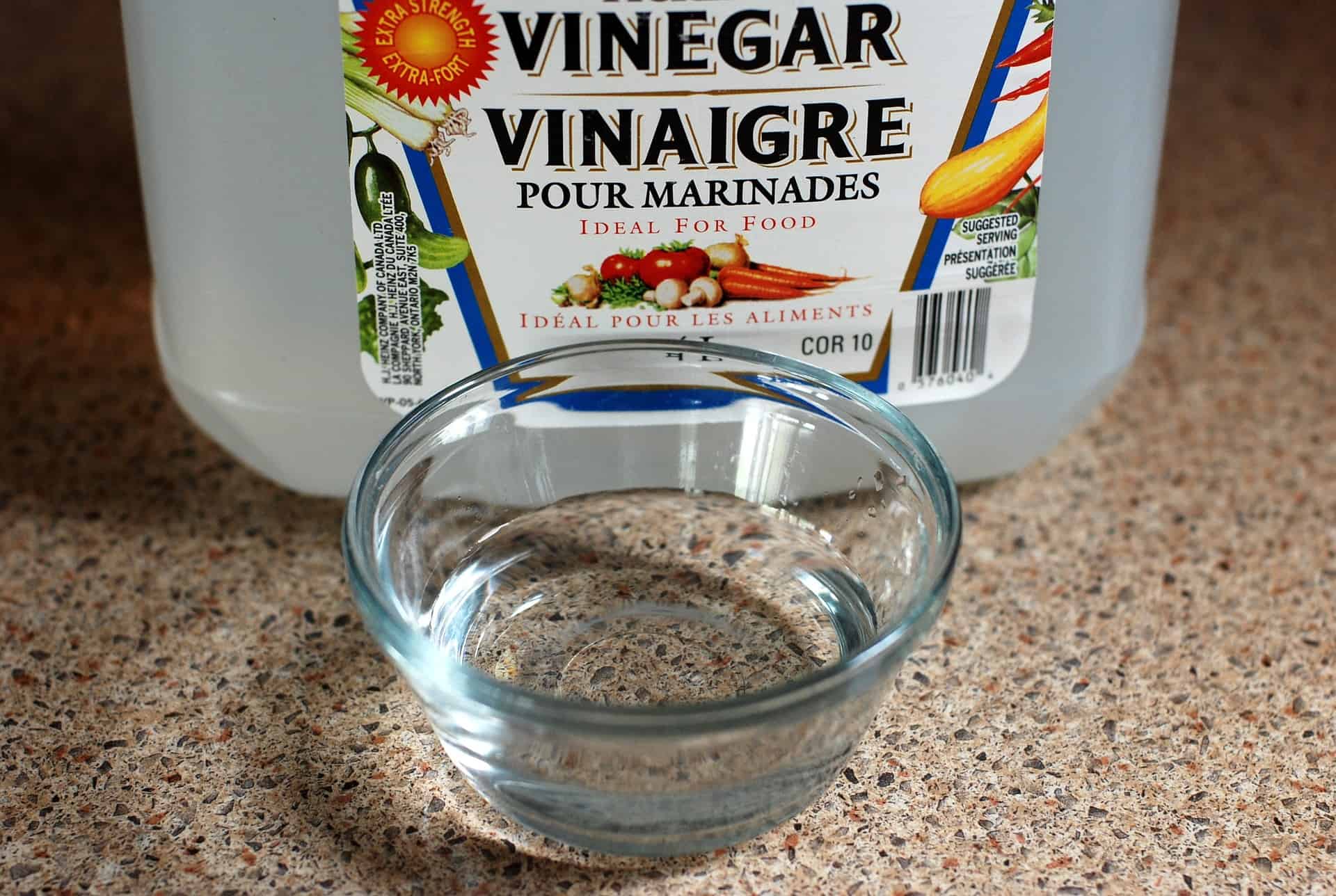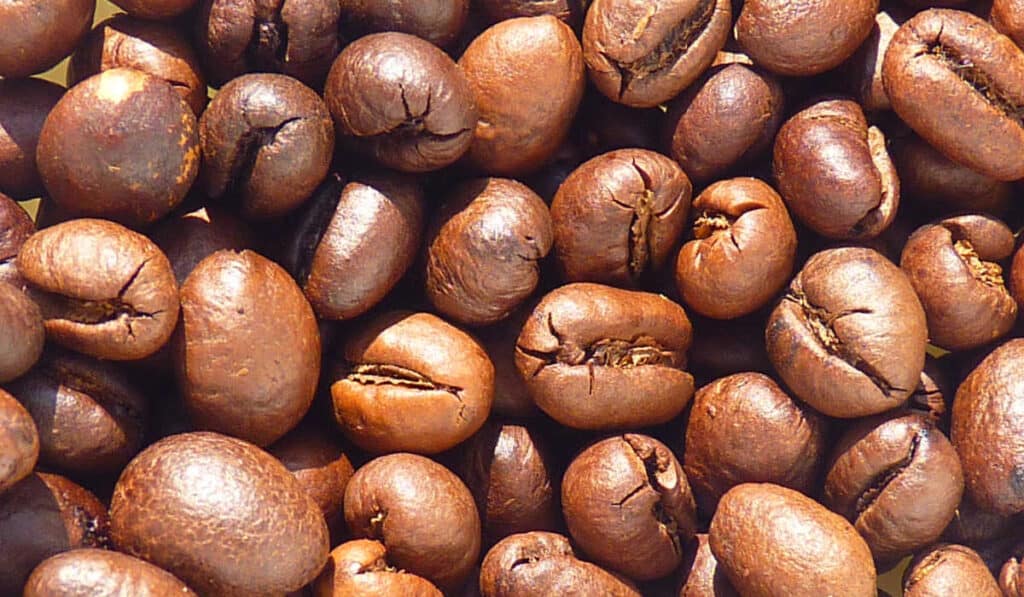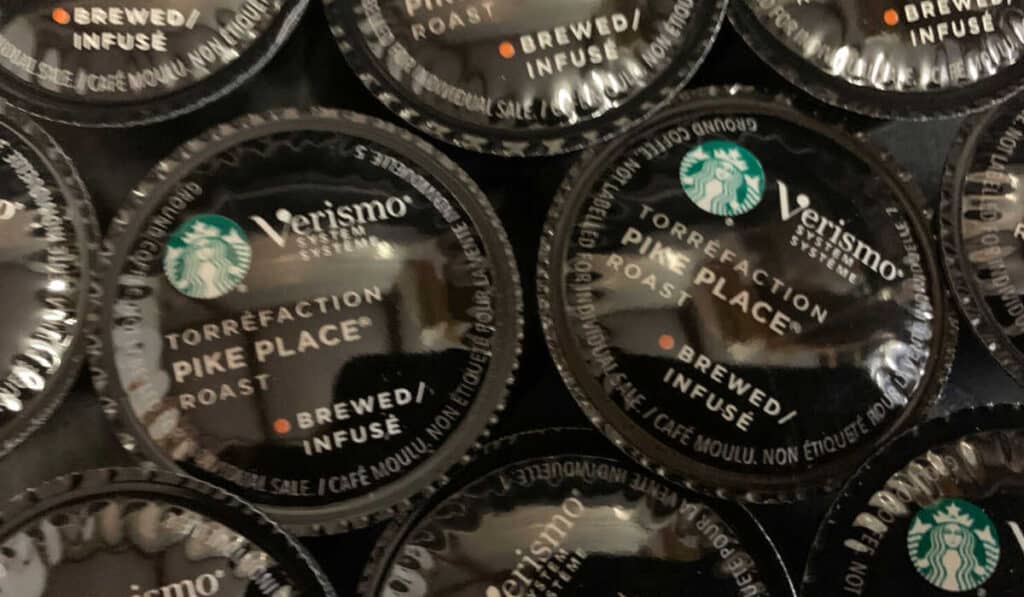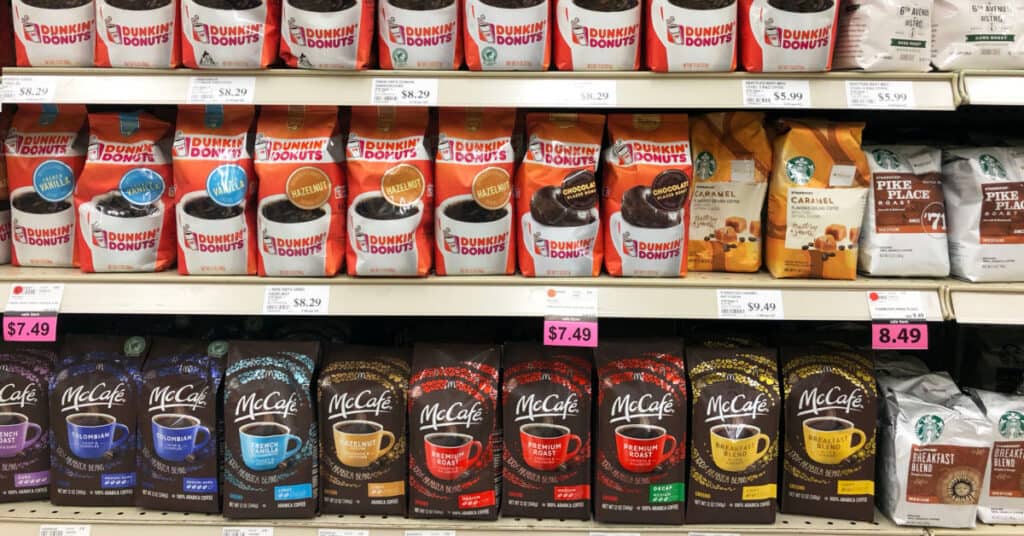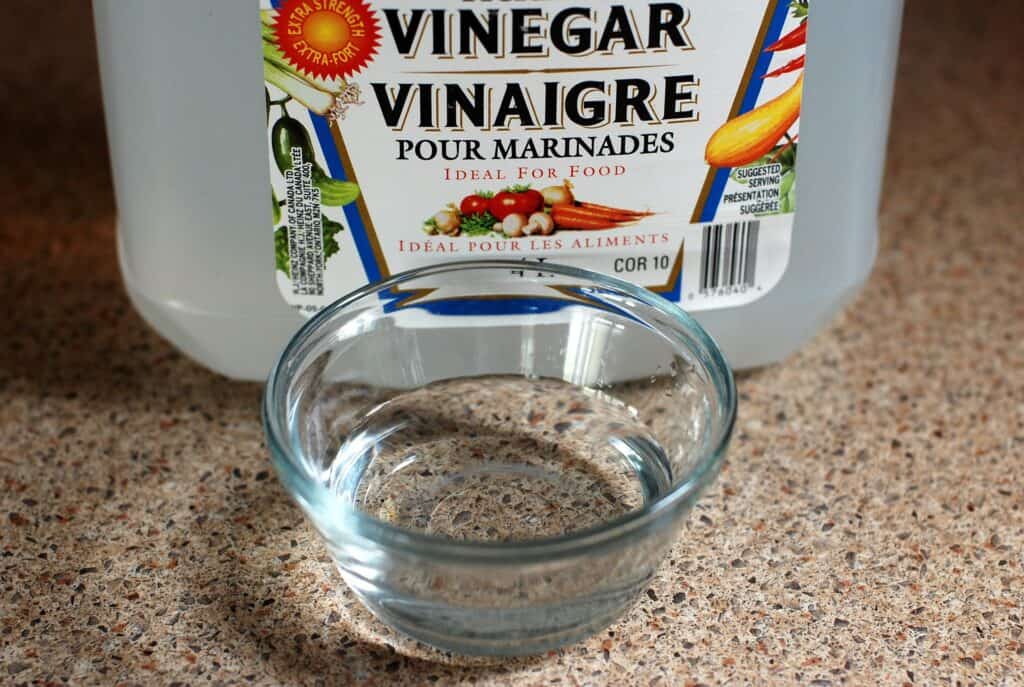As an Amazon Associate I earn from qualifying purchases.
You’ve invested in a decent coffee maker (a Zojirushi, hopefully), treated yourself to high-quality beans, and even learned how to grind them uniformly, all in the hopes that your morning cup will rival the one you get from Caribou Coffee.
You might even become one of those people who save money by drinking only home-brewed coffee and skipping the avocado toast.
But despite your best efforts, your cup of joe still sucks.
But you don’t give up. You continue with your research.
And that’s when you learn that you’re a total slob. If you’ve done everything you can to make a great cup of coffee and it’s still falling short, cleaning your coffee maker to make sure it’s running in tip-top shape is your next best bet.
Before we dive in and share how to clean a coffee maker without vinegar, let’s have a look at why your coffee maker needs cleaning in the first place.
Why Do Most People Use Vinegar?
The main compound in vinegar is acetic acid, formed via the fermentation of starches and sugars. It is this acetic acid that makes vinegar so acidic and consequently, so useful when it comes to cleaning.
Acid kills not only bacteria but also viruses. It chemically changes the proteins that make up these microscopic germs and destroys their cell structures.
Vinegar is effective in killing off bacteria and mold. It’s also a powerful descaler and can easily remove mineral buildup from tap water.
Additionally, vinegar is edible, which means that you’re not putting your health at risk by accidentally ingesting it.
Finally, and perhaps most importantly:
Vinegar is cheap.
The Problems With Cleaning A Coffee Maker With Vinegar
Vinegar has a rather strong odor, which isn’t particularly pleasant. Furthermore, unless you rinse your coffee maker like a maniac, you’re bound to end up with weird-tasting coffee, at least for a little while.
Also, vinegar doesn’t always work that well. In fact, it’s less effective than certain commercial descalers. Sure, you’ll probably get the same effect using vinegar eventually, but prepare for a lot of hard work and multiple brew cycles.
You might want to avoid using vinegar on certain coffee machines, such as Nespresso, too. The reason is pretty simple: the acetic acid in white vinegar attacks the pipes within your machine, potentially causing leaks.
7 Ways to Clean Your Coffee Maker Without Vinegar
1. Dish Soap
If you’re new to the concept of decalcifying, trying to figure out how to clean a coffee maker without vinegar can be a real headache.
But it doesn’t have to be hard.
In fact, you can utilize the one thing that you already use to clean other household items. We’re talking about dishwashing soap, of course.
However, when choosing a dishwashing soap, make sure that it’s fragrance-free. Otherwise, the soap will linger on the surface, thus impacting the taste (and aroma!) of your coffee.
2. Salt Water
Salt can remove not only stains but also mineral deposits and burned coffee stains.
Make sure that you use table salt, though. Sea salt is much coarser and can scratch your coffee maker if it doesn’t dissolve well. After all, you’re trying to learn how to clean a coffee maker without vinegar, not how to destroy it!
3. Baking Soda
Baking soda is a pantry staple, at least in the homes of avid bakers. You can’t make a fluffy cake without it, but according to some, you also can’t clean your coffee maker without it.
Running a solution of water and baking soda through your coffee pot will clean the inner mechanisms of your coffee maker and remove odors.
However, some people believe that baking soda is most effective when it comes to cleaning the exterior of your coffee machine as opposed to the interior.
4. Lemon Juice
When you’re researching how to clean a coffee maker without vinegar, you’ll undoubtedly come across lemon juice. Lemon juice is probably the best substitute for vinegar because it’s just as acidic.
The only downside is, you’ll need quite a few lemons to get the job done. If you’re hand-squeezing your lemons, you’re bound to find the method somewhat tedious.
Of course, you can go ahead and purchase concentrated lemon juice, but that’s one costly way to clean your coffee machine.
Also, keep in mind that if you’re repeating the process, you need to give the lemon juice solution time to cool down before you use it again (or you can prepare a new batch). Hot lemon juice can damage your coffee maker.
5. Citric Acid
If spending hours squeezing lemons doesn’t appeal to you and if you don’t want to waste money on costly lemon juice solutions, you can always use citric acid instead.
Most commercial cleaning tablets and solutions contain citric acid as their main ingredient anyway.
Citric acid is available for purchase in bulk. Best of all, it’ll last you forever.
6. Denture Tabs
When you’re pondering how to clean a coffee maker without vinegar, the thought of using denture tabs is unlikely to pop into your head.
But denture cleaning tabs have alkalizing and antibacterial properties.
Furthermore, denture tabs are incredibly convenient.
They’re scent-free and as such require only one round of rinsing. Denture tabs also dissolve stains, which means that you can avoid scrubbing your coffee pot by hand.
Plus, denture tabs are cost-effective. A box of around 100 denture tabs will only set you back 20 bucks.
7. Rice
If the carafe of your coffee maker is looking grubby, grab a bag of rice from your kitchen press.
Fill the carafe with warm water that is somewhat sudsy and add a little bit of rice. Swish the mixture about until the gunk loosens up. Remove any debris using a scrub sponge and rinse.
The Backup: Commercial Chemical Descalers
Still not sure how to clean a coffee maker without vinegar? Use a commercial descaling solution (which is effectively just a blend of different acids).
Full Circle and Dezcal are just two commercial descaling agents that can be used to clean your coffee maker. Both remove mineral deposits left by hard water.
So, take your pick and get to polishing your coffee maker! Your reward? A fantastic cup of joe, of course.
How Often Should You Clean Your Coffee Maker?
Most people clean their coffee makers every day, which is great. However, you can take it a step further by washing your coffee machine with warm, sudsy water after every use.
Just how often you should decalcify (i.e., remove mineral scale buildup) your coffee maker depends on how often you use it as well as how hard your tap water is.
Those that live in areas with hard water should decalcify their coffee makers once a month. If you live in an area with soft water (or use a water softener) you can get away with decalcifying their coffee makers every two to three months.
Bacteria, Yeast, and Mold: The World Inside Your Coffee Maker
What do you think the germiest place in your home is? The bathroom? Your computer keyboard? Your kids’ toys?
According to an NSF Internation Study performed in 2011, it’s not the toilet handle or doorknobs that you should be worrying about. It’s your kitchen.
So you’re probably better off putting your coffee maker in the bathroom. Not really, but your coffee is probably far ickier than you think
In the study, more than half of the coffee makers had mold and yeast growing in their reservoirs.
In another study, coffee machines were found to harbor anywhere from 35 to 67 different types of bacteria. Some of them, are the same bacteria that reside in your colon. Not harmful per se, but not exactly what you want in your morning cup of coffee.
While the idea of yeast, mold, and bacteria in your coffee is gross, their potential to trigger gastrointestinal illnesses and aggravate existing respiratory problems is the real problem.
However, there’s one more reason that you should clean your coffee maker. The build of germs and mold, while gross, is probably not the reason your coffee tastes bad.
You see, coffee beans have natural oils in them. With time, these oils build up in your coffee maker and then go rancid, resulting in bitter-tasting coffee.
So even if your coffee maker looks clean, chances are it’s pretty filthy on the inside. It’s just not visible to the naked eye.
A dirty coffee maker also slows you down. Over time, calcium and other mineral deposits build up in your coffee maker, restricting water flow and resulting in lower brewing temperatures. Lower brewing temperatures not only increase the brew time but also dilute the flavor of your coffee.
In short, the cleaner you can keep your coffee maker the better your coffee will be and the longer your machine will last!
Conclusion
At the end of the day, vinegar is a safe and effective solution for cleaning your coffee maker. It doesn’t affect the taste and won’t ruin your machine. However, if you’re set on cleaning your coffee maker without vinegar there are a lot of options out there!

